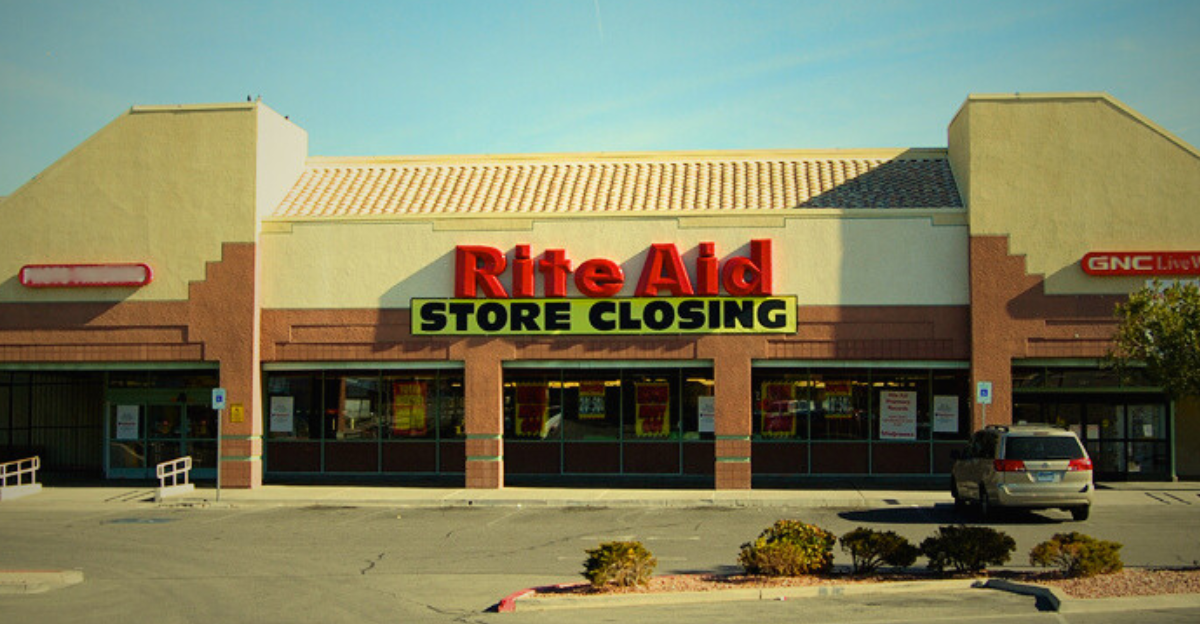
A pharmacy isn’t only a place to pick up medication. For a lot of people, it’s the closest thing they have to real health care. In some cases, it’s the only connection they’ve got. That’s why the unraveling of Rite Aid is hitting a nerve. It feels deeply personal in the places where stores are vanishing. In cities like Philadelphia and small towns across upstate New York, the impact goes beyond inconvenience. People are missing their meds, delaying care, and struggling to find a backup plan. When basic access to care disappears, it doesn’t take long for real health consequences to set in. This story isn’t only about a retail chain going under. It’s about what’s left behind when that chain happens to be one of the last medical touchpoints in a vulnerable community.
Let’s take a closer look at what this all means; and who’s most at risk.
What is a Pharmacy Desert
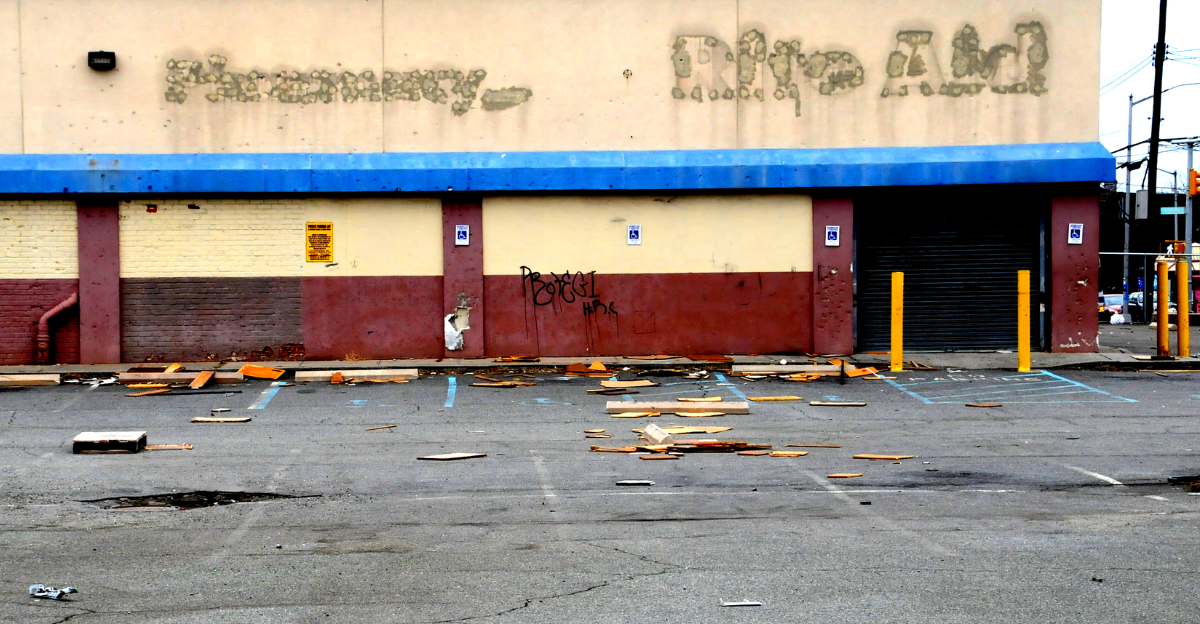
Pharmacy desert sounds like one of those buzzwords, but the issue it describes is very real. It means living somewhere without a pharmacy close by. No spot to easily grab your meds, get a vaccine, or even ask a pharmacist a quick question. These kinds of gaps aren’t random. They usually show up in rural towns, underfunded neighborhoods, or places where people were already having a hard time getting basic care.
If you live in one of these areas, getting medication might mean a long drive or a slow public transit trip just for something routine. And the harder it is to get meds, the easier it becomes to skip them. One missed refill can turn into much bigger health problems later.
Nationwide Scale: How Big is the Problem?
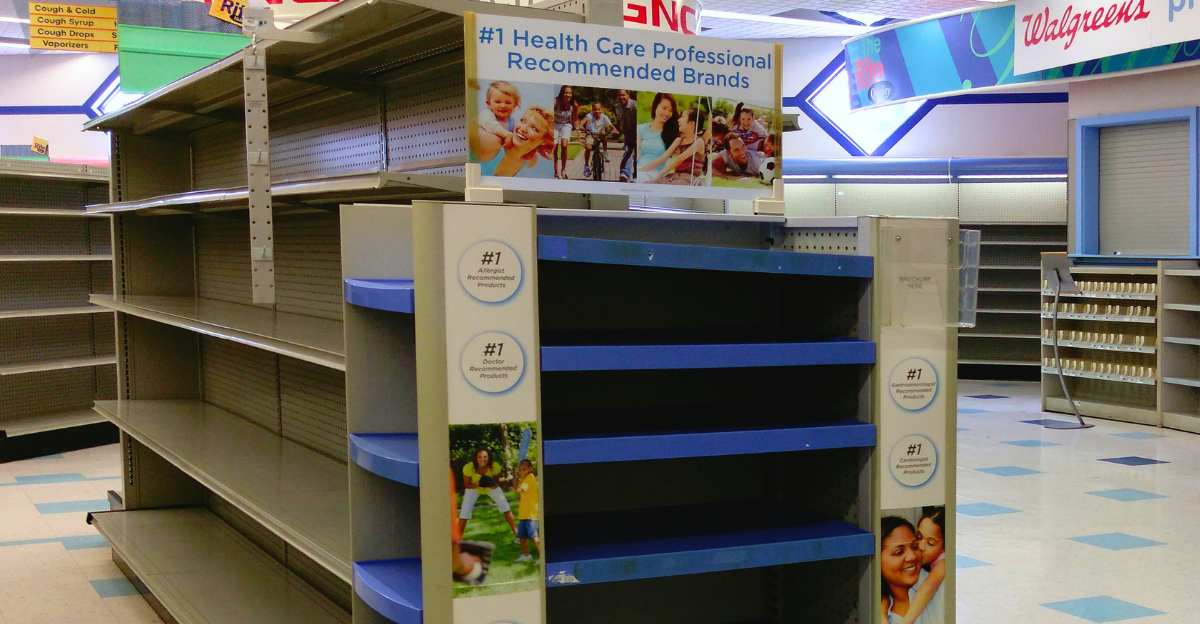
Pharmacy closures are not just isolated headlines…they’re part of a growing national trend. Over 7,000 pharmacies have shut down in the U.S. in the past decade, and the pace is picking up. Rite Aid’s collapse alone is removing hundreds of stores from the map. For millions, this means losing a trusted access point for care. Around one in eight Americans already live in a pharmacy desert, and the numbers are higher in predominantly Black, Latino, and low-income communities.
These aren’t just statistics. They reflect real gaps in daily life. Missed doses, longer waits, and fewer places to turn in emergencies. The question isn’t whether this will affect public health. It’s how soon and how severely the consequences will show up.
Tracking Rite Aid’s Retreat
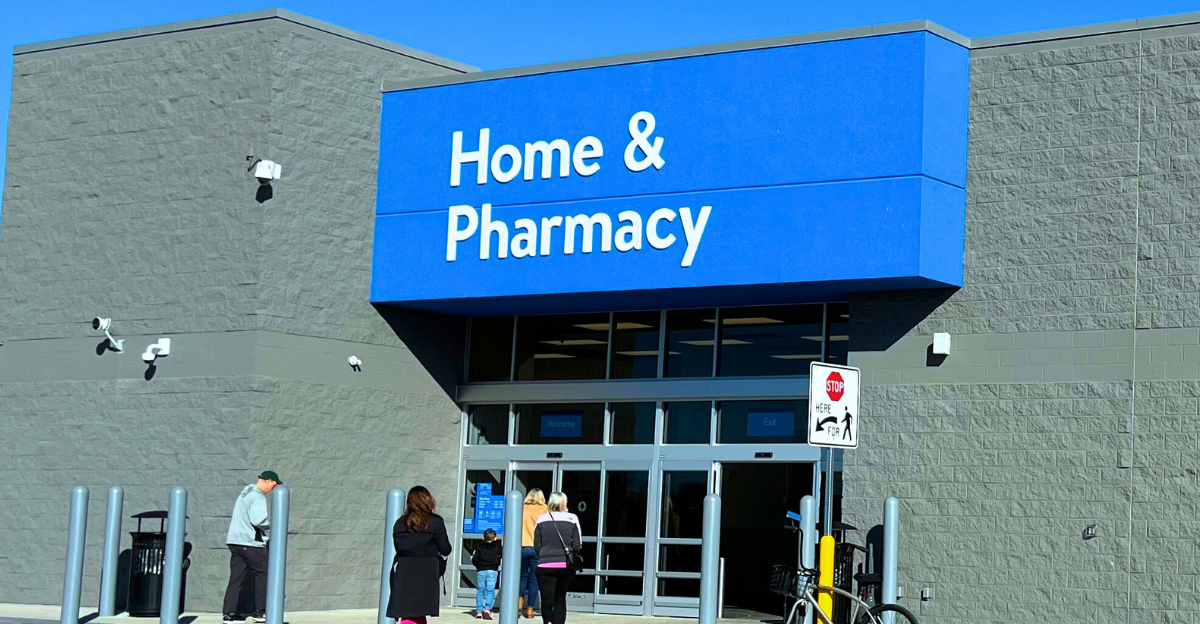
Rite Aid’s decline didn’t happen overnight. It has actually been coming for some time now. Over the last decade, it has seen a steady decline in the number of stores nationwide, to the tune of 4,000. Then, in late 2023, it filed for Chapter 11 bankruptcy, causing even more closures. Since then, hundreds of stores have shut down, and more are on the chopping block. The impact is especially sharp in places like Philadelphia, which is set to lose over 150 stores, and in rural New York, where some towns are losing their only pharmacy. Rite Aid’s retreat isn’t just about lost retail. It’s about lost access to care which is something harder to replace.
Local Impact Hotspots
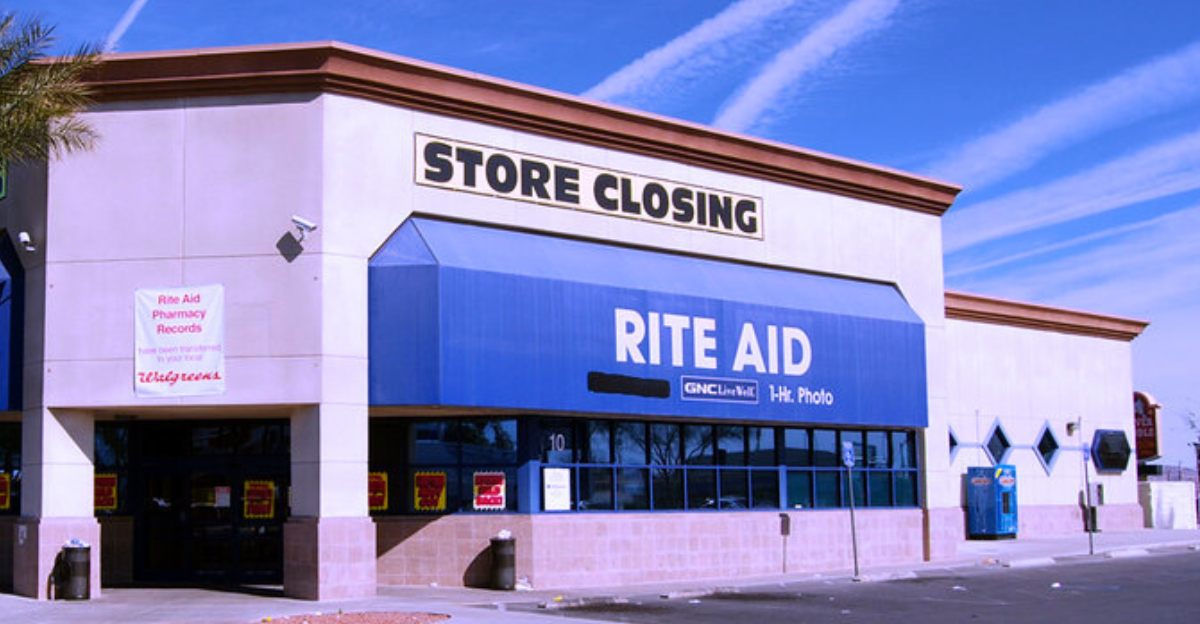
Some areas are feeling the fallout more than others. Philadelphia is preparing to lose more than 150 Rite Aid locations, many of which were the only nearby option for prescriptions, vaccines, or basic health needs. That kind of loss leaves entire neighborhoods exposed. In places like Ransomville, New York, the last remaining pharmacies are closing, and not everyone has the means to travel for care. Losing a single store there can mean losing access altogether. Similar patterns are playing out in California, Michigan, and Oregon, mostly in communities that were already underserved. These aren’t random losses. They reveal just how fragile local health infrastructure really is.
Voices from the Community
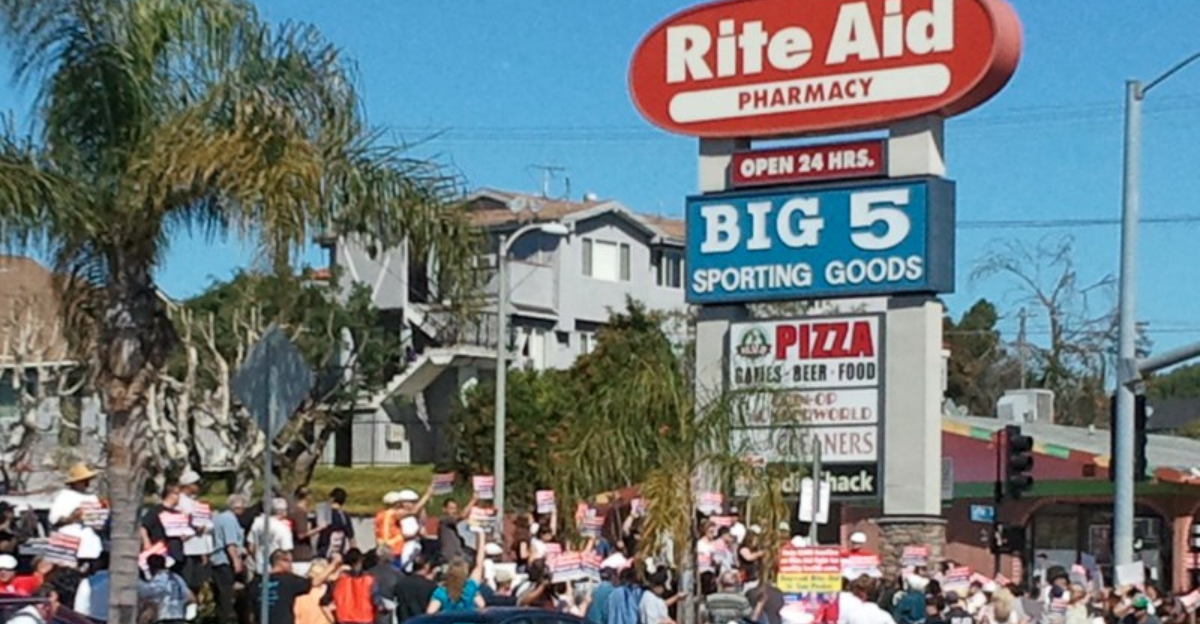
Residents in the hardest-hit areas are making their frustrations known. Many older adults now depend on family or neighbors just to get their medications. Others have had prescriptions sent to unfamiliar pharmacies far from home, where long waits and staffing issues are common. These stories offer something raw that numbers can’t quite capture. They show how essential these local pharmacies really were. In many cases, they weren’t just convenient, they were vital. When a store shuts down, it doesn’t just vanish from the block. It leaves a gap in someone’s routine, someone’s health care and often, someone’s sense of security in their own neighborhood.
Health Consequences of Closures
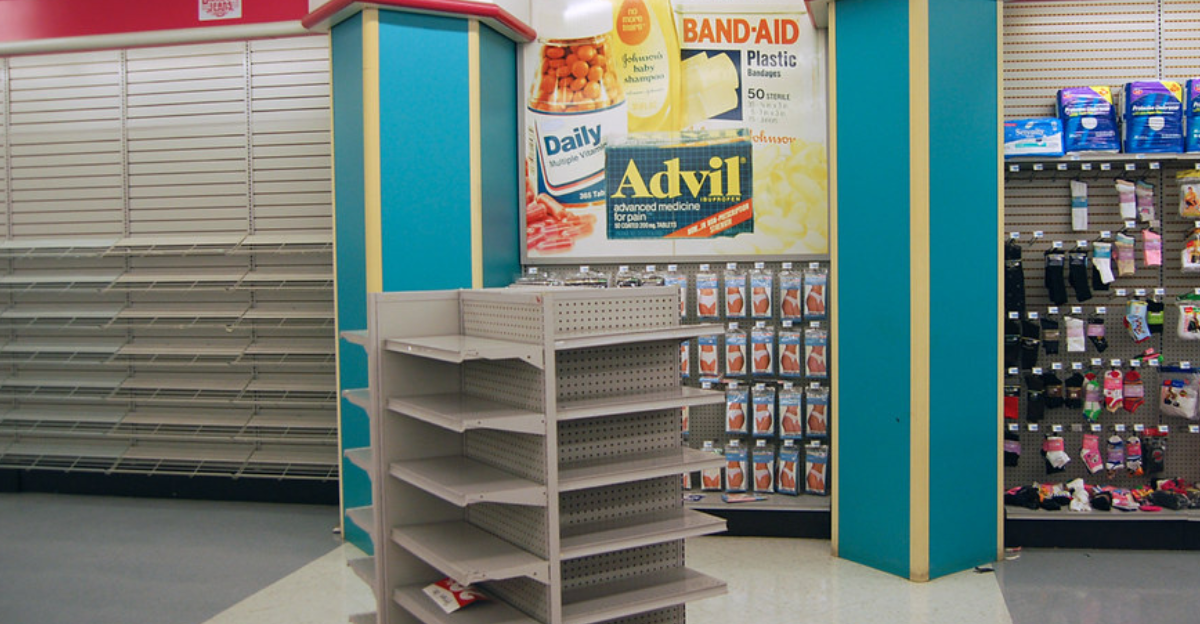
When a pharmacy shuts down, the effects don’t always hit immediately, but they don’t stay quiet for long either. People start missing doses, and things like diabetes or high blood pressure can get out of control fast. Flu shots? Skipped. Minor problems? They get worse because there’s nowhere nearby to catch them early. A neighborhood pharmacy isn’t just about convenience. For a lot of folks, it’s a key part of how they manage their health day to day. Losing it means losing that daily support. The damage isn’t always loud or dramatic, but it builds fast. And once it sets in, fixing it takes far more than just opening a new store.
Structural Roots: Why Underserved Areas Feel the Sharpest Pain
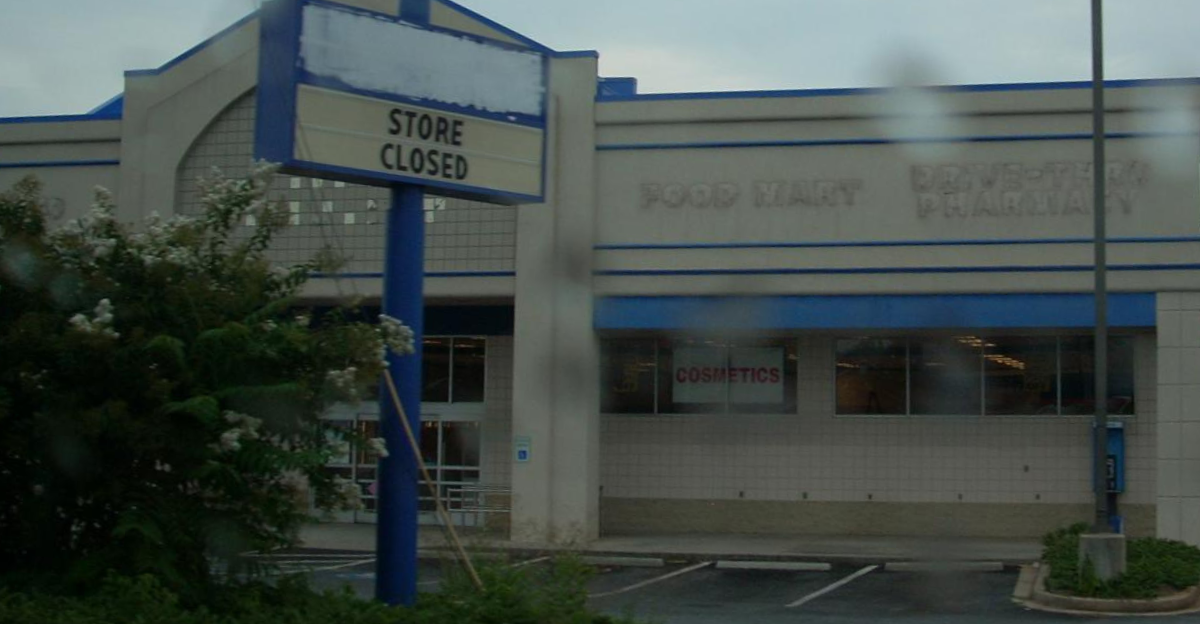
Pharmacy deserts are not accidents. They grow out of long-standing problems in how health care is distributed. Low-income areas and communities of color already face limited access to doctors, clinics, and hospitals. Public transit often makes things worse. So when a pharmacy shuts down in these places, there usually isn’t another one around the corner. The result is painful and familiar. Some communities always seem to get less, even when they need more.
Policy Pathway
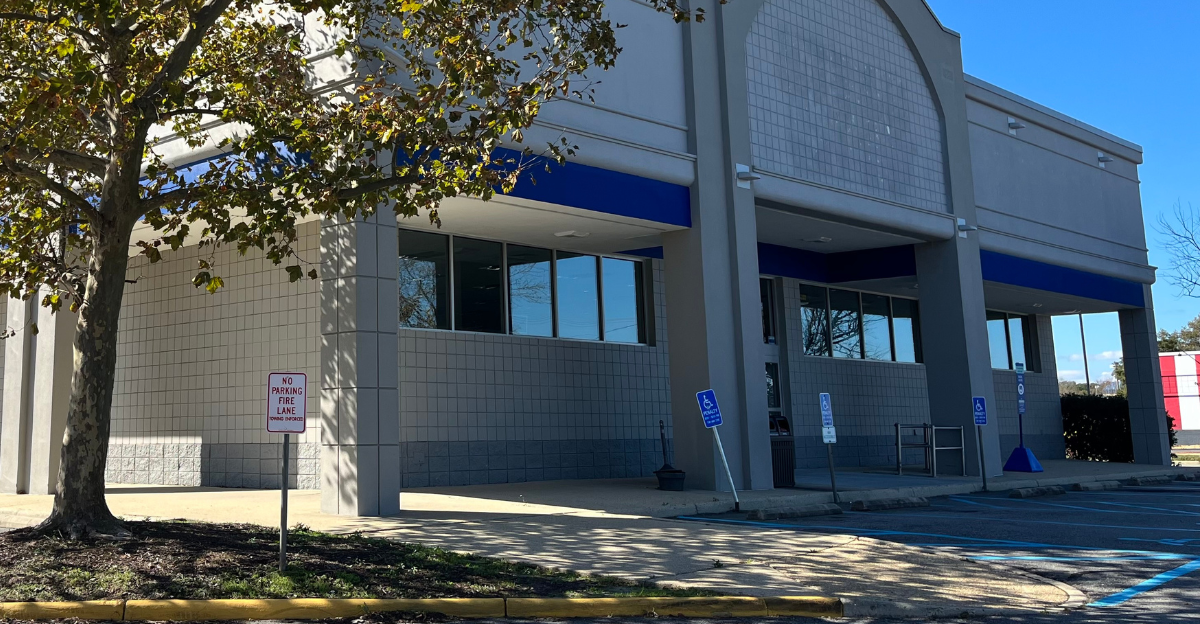
Solving the pharmacy shortage will take more than concern. It will take real policy shifts. At the federal level, there’s no clear plan to protect pharmacy access in areas that need it most. Local governments can offer short-term help, but it’s limited. A few states are starting to look at pharmacies as essential services, which might help bring in more funding and stronger protections. It’s a step, but not a fix on its own.
Telepharmacy has been helpful in some rural areas, giving people a way to connect with a pharmacist without driving for miles. But it’s not a full replacement. Some folks don’t have the internet or devices to use it, and others simply need care face-to-face.
In the long run, we may need new models. Community health centers or nonprofits could help fill the gaps.
Conclusion & Call to Action
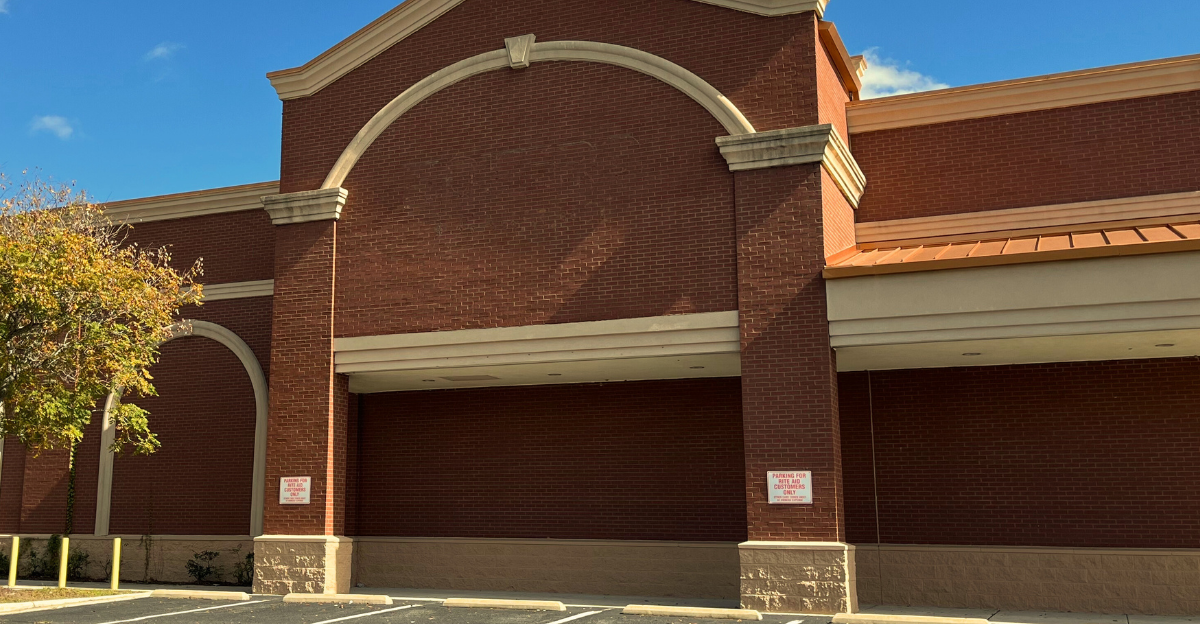
Rite Aid’s collapse isn’t just a big company going under. It’s a warning about what happens when essential services disappear from neighborhoods that already don’t have enough. For a lot of people, those stores were more than just a spot to grab medicine. They were part of staying well, part of a routine that kept life manageable. Now they’re gone, and there’s no clear plan to replace them.
This crisis needs more than sympathy. It needs concrete steps from lawmakers, health systems, and local leaders. Whether that means funding new clinics and supporting telepharmacies. Or, rethinking how care is delivered, something has to change.
The real question now is simple. Who will step up before even more neighborhoods are left behind?
Discover more trending stories and Follow us to keep inspiration flowing to your feed!

Craving more home and lifestyle inspiration? Hit Follow to keep the creativity flowing, and let us know your thoughts in the comments below!
